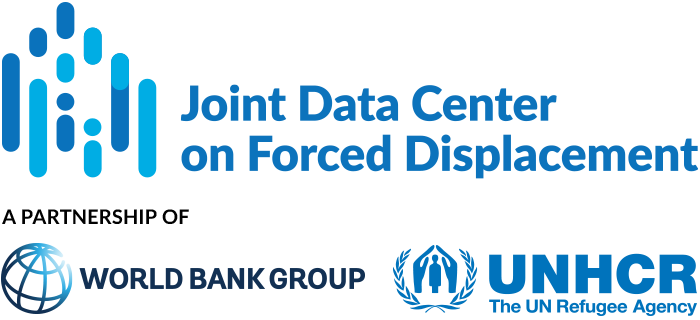This paper evaluates the impact of a large-scale multi-purpose cash (MPC) transfer program on a sample of Syrian refugee children in Lebanon. Lebanon hosts an estimated 1.5 million Syrian refugees, over half of whom are children 18 years and younger. Since 2017, UNHCR...
JDC Literature Review
The impact of cash transfers on Syrian refugees in Lebanon: Evidence from a multidimensional regression discontinuity design
This paper examines the impact of multipurpose cash assistance (MPC) provided to Syrian refugee households in Lebanon. Approximately 1.5 million Syrian refugees lived in Lebanon in 2018, of whom almost a million were registered with the United Nations High...
Multi-purpose cash transfers and health among vulnerable Syrian refugees in Lebanon: a prospective cohort study
This paper evaluates the impact of multipurpose cash transfers (MPCs) on health-seeking behavior, health service utilization, and health expenditures by Syrian refugees in Lebanon. At the beginning of 2020, there were nearly 1 million registered refugees in Lebanon,...
The short-lived effects of unconditional cash transfers to refugees
This paper examines the effect of two large-scale cash transfer programs on the welfare of Syrian refugee households in Lebanon. Lebanon hosts approximately 1.5 million Syrian refugees. The authors quantify the effect of the multipurpose cash assistance program, which...
Does Aid Reduce Anti-refugee Violence? Evidence from Syrian Refugees in Lebanon
Lebanon, a country with a population of 4.5 million, has received more than a million refugees since the outbreak of the Syrian civil war in 2011. Most Syrian refugees live in individual accommodation in Lebanese towns. This paper examines the effect of aid to...
When do refugees return home? Evidence from Syrian displacement in Mashreq
This paper analyzes the factors that influenced the early, voluntary, and unassisted return of Syrian refugees from Lebanon, Jordan, and Iraq during a period of active conflict in Syria, between January 2011 and March 2018. The analysis is based on a novel dataset...
Should I stay or should I go? The decision to flee or stay home during civil war
This paper examines whether different forms of violence affected decisions to flee within the country or abroad during the Lebanese Civil War (1975-1990), differentiating between: (a) indirect violence (such as shelling or shooting), which is less likely to target...
Violence, displacement, contact, and attitudes toward hosting refugees
This article examines whether an individual’s personal exposure to violence, personal experience of being displaced, and recent contact with refugees influence their attitudes towards hosting refugees. The authors draw on a 2017 survey of 2,400 Lebanese residents,...
Cooperation in a fragmented society: Experimental evidence on Syrian refugees and natives in Lebanon
This paper examines intra- and inter-group cooperation of Syrian refugees and host communities in Lebanon. While Syrian refugees share similar ethnic, linguistic and cultural backgrounds with Lebanese nationals, there are tensions between the two groups due to...
Targeting humanitarian aid using administrative data: model design and validation
This paper presents the design and validation of an econometric model that uses routinely collected administrative data to target unconditional cash and in-kind assistance to Syrian refugees in Lebanon. The authors compare the prediction accuracy of the proposed model...


